Home>Renovation & DIY>Tools & Equipment>What Grit Sandpaper For Paint Removal
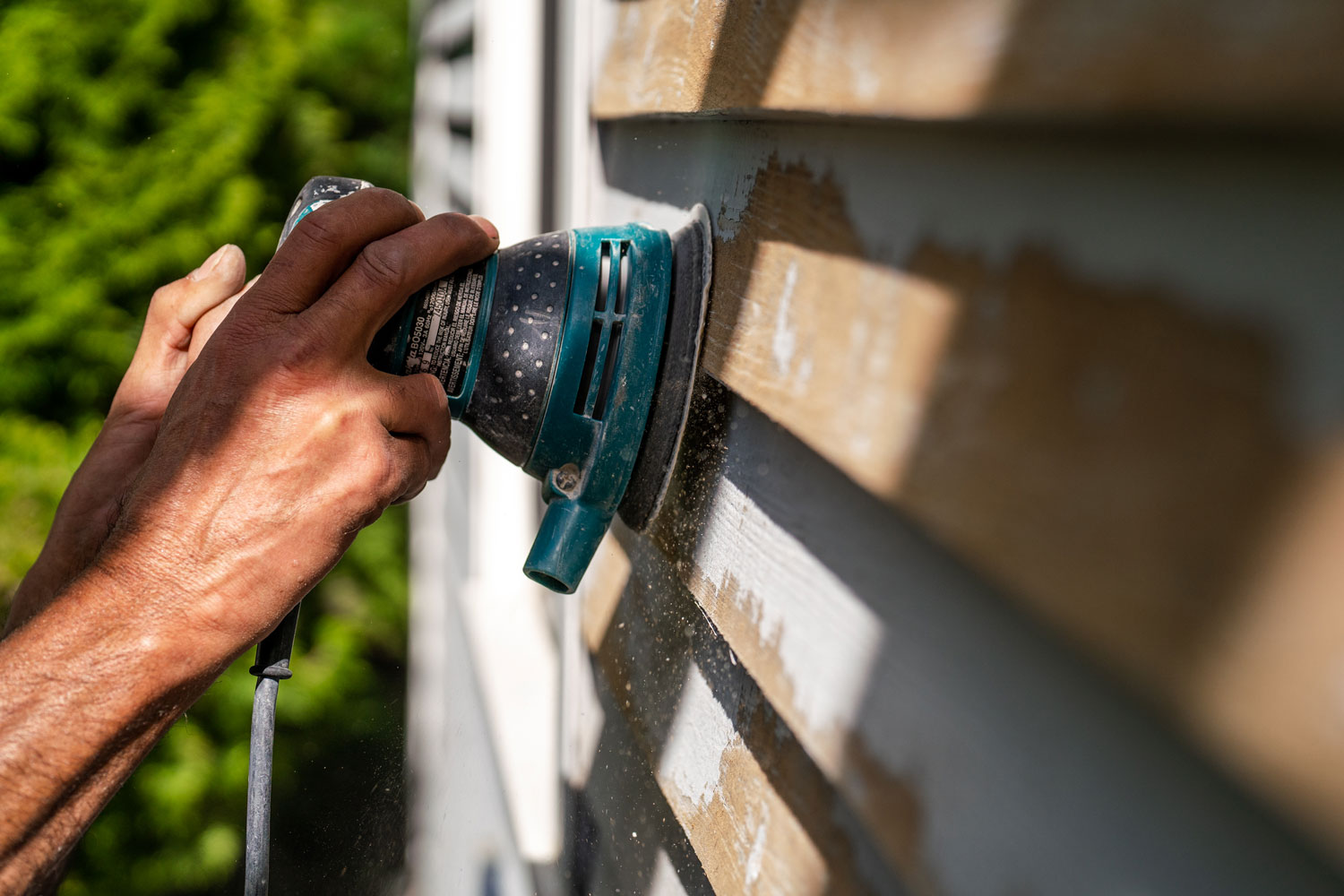

Tools & Equipment
What Grit Sandpaper For Paint Removal
Modified: August 30, 2024
Discover the best grit sandpaper for efficient paint removal with our comprehensive guide. Find the right tools and equipment for your project.
(Many of the links in this article redirect to a specific reviewed product. Your purchase of these products through affiliate links helps to generate commission for Storables.com, at no extra cost. Learn more)
Introduction
Understanding Grit Sandpaper
Sandpaper is a versatile tool used in various applications, from woodworking to metalworking and even automotive refinishing. When it comes to paint removal, selecting the right grit sandpaper is crucial for achieving optimal results. Understanding the concept of grit and its significance in the paint removal process is essential for anyone undertaking such a project.
Grit refers to the number of abrasive particles per square inch of sandpaper. The higher the grit number, the finer the sandpaper. Conversely, lower grit numbers indicate coarser sandpaper. This numerical system serves as a guide for determining the level of abrasiveness and the type of surface preparation each sandpaper is best suited for.
Different grits are designed to perform specific tasks, and understanding the distinctions between them is paramount for effective paint removal. Factors such as the type of paint, the material of the surface being worked on, and the desired finish all play a role in determining the appropriate grit for the job.
In the subsequent sections of this article, we will delve into the intricacies of grit sandpaper, explore the considerations for choosing the right grit for paint removal, and provide insights into the practical use of grit sandpaper in the paint removal process. By the end of this journey, you will have a comprehensive understanding of grit sandpaper and be equipped with the knowledge to tackle paint removal projects with confidence and precision.
Understanding Grit Sandpaper
Understanding Grit Sandpaper
Grit sandpaper is categorized based on the number of abrasive particles per square inch. The lower the grit number, the coarser the sandpaper, while higher numbers indicate finer grits. Common grit ranges include coarse (40-60), medium (80-120), fine (150-180), very fine (220-240), and extra fine (280 and above).
Coarse grit sandpaper, typically in the 40-60 range, is ideal for heavy material removal and rough shaping. It is effective for stripping paint and varnish from surfaces, especially when dealing with stubborn or multiple layers of paint. Medium grit sandpaper, falling within the 80-120 range, is suitable for smoothing surfaces, removing light rust, and preparing the area for a new coat of paint. Fine grit sandpaper, ranging from 150-180, is excellent for achieving a smooth finish and preparing surfaces for painting or staining. Very fine and extra fine grits, starting from 220 and above, are used for final sanding, achieving a polished surface, and preparing for finishes such as lacquer or varnish.
Understanding the characteristics and applications of different grits is essential for efficient paint removal. Coarse grits are effective for initial paint stripping, while progressively finer grits are used for smoothing and refining the surface. In some cases, a combination of grits may be employed to achieve the desired finish.
Furthermore, the type of material being worked on also influences the choice of grit. For example, softer woods may require a finer grit to prevent excessive material removal, while harder surfaces may tolerate coarser grits for efficient paint removal.
By comprehending the variations in grit sandpaper and their respective applications, individuals can make informed decisions when selecting the most suitable grit for their paint removal projects. The next section will delve into the considerations for choosing the right grit for paint removal, providing valuable insights for achieving optimal results.
Choosing the Right Grit for Paint Removal
Choosing the Right Grit for Paint Removal
When embarking on a paint removal project, selecting the appropriate grit sandpaper is paramount to the success of the endeavor. Several factors come into play when determining the right grit for paint removal, including the type of paint, the condition of the surface, and the desired end result.
For surfaces with multiple layers of paint or stubborn, old paint, a coarser grit, such as 40-60, is often the initial choice. This grit is effective in efficiently removing layers of paint, revealing the underlying surface. It is important to note that while coarse grits are powerful in paint removal, they can also leave noticeable scratch marks on the surface, necessitating the use of finer grits for smoothing and refinishing.
Medium grit sandpaper, typically in the 80-120 range, is suitable for preparing the surface after the initial paint removal. It aids in smoothing out imperfections, removing residual paint, and creating a uniform surface for the subsequent stages of the project. This grit strikes a balance between material removal and surface refinement, making it an ideal choice for transitioning from paint removal to surface preparation.
When the surface is relatively smooth after the initial paint removal, fine grit sandpaper, ranging from 150-180, becomes instrumental in achieving a refined finish. It effectively smooths out any remaining imperfections, prepares the surface for painting or staining, and sets the stage for a professional-quality outcome.
Very fine and extra fine grits, typically starting from 220 and above, are utilized for the final stages of paint removal and surface preparation. These fine grits are adept at polishing the surface, removing minute imperfections, and creating a pristine canvas for the application of finishes such as varnish, lacquer, or additional coats of paint.
Moreover, the material of the surface being worked on influences the choice of grit. Softer materials may necessitate the use of finer grits to prevent excessive material removal, while harder surfaces may tolerate coarser grits for efficient paint removal.
By considering the type of paint, the condition of the surface, and the desired end result, individuals can make informed decisions when selecting the right grit sandpaper for paint removal. The subsequent section will explore the practical use of grit sandpaper in the paint removal process, providing valuable insights for executing paint removal projects with precision and efficiency.
Using Grit Sandpaper for Paint Removal
Use 80-100 grit sandpaper for removing paint. It’s coarse enough to remove paint efficiently but not too rough to damage the underlying surface. Always wear a mask and goggles for protection.
Using Grit Sandpaper for Paint Removal
Executing paint removal with grit sandpaper involves a systematic approach that incorporates the selection of the appropriate grit, the utilization of effective techniques, and the application of best practices to achieve optimal results.
Before commencing the paint removal process, it is essential to equip oneself with the necessary safety gear, including goggles, a dust mask, and gloves, to protect against airborne particles and potential skin irritation. Additionally, ensuring proper ventilation in the work area is crucial to minimize exposure to dust and fumes.
When using coarse grit sandpaper, such as 40-60, for initial paint removal, it is important to apply even pressure and maintain a consistent motion to effectively strip away layers of paint. The sandpaper should be replaced or repositioned as needed to prevent clogging and maintain its abrasive effectiveness.
As the paint removal progresses and the surface becomes smoother, transitioning to medium grit sandpaper, typically in the 80-120 range, facilitates the refinement of the surface, smoothing out imperfections, and preparing it for the subsequent stages of the project. This stage requires attention to detail and a methodical approach to ensure a uniform and even surface texture.
When utilizing fine grit sandpaper, ranging from 150-180, for the final stages of paint removal, precision and delicacy are paramount. This grit aids in achieving a smooth and polished surface, ready for the application of paint, stain, or other finishes. It is essential to exercise patience and meticulousness during this phase to attain the desired level of surface perfection.
Throughout the paint removal process, periodic inspection of the surface is crucial to identify areas that may require additional attention or a different grit to achieve the desired outcome. Additionally, maintaining a clean work environment by regularly removing dust and debris ensures the effectiveness of the sandpaper and promotes a safer and more efficient work environment.
As the paint removal nears completion, the utilization of very fine and extra fine grits, typically starting from 220 and above, allows for the final refinement of the surface, eliminating any remaining imperfections and preparing it for the application of finishes such as varnish or additional coats of paint.
By following these guidelines and leveraging the appropriate grit sandpaper for each stage of the paint removal process, individuals can achieve professional-quality results, transforming surfaces with precision and finesse. The subsequent section will provide a conclusive overview of the insights gained regarding grit sandpaper and its pivotal role in paint removal projects.
Conclusion
Conclusion
Paint removal is a meticulous and transformative process that demands a comprehensive understanding of grit sandpaper and its application. By grasping the nuances of grit sandpaper, individuals can navigate paint removal projects with confidence, precision, and efficiency, ultimately achieving professional-quality results.
The journey of understanding grit sandpaper unveils its diverse range, from coarse grits for initial paint stripping to very fine and extra fine grits for the final stages of refinement. Each grit plays a distinct role in the paint removal process, contributing to the gradual transformation of surfaces.
Choosing the right grit for paint removal is a critical decision influenced by the type of paint, the condition of the surface, and the desired end result. By aligning these considerations with the characteristics of various grits, individuals can make informed choices, setting the stage for successful paint removal endeavors.
Using grit sandpaper for paint removal involves a methodical and systematic approach, from the initial stripping of paint with coarse grits to the final refinement and polishing with very fine and extra fine grits. Attention to detail, precision, and periodic inspection of the surface are essential elements in achieving a flawless finish.
As we conclude this exploration of grit sandpaper and its role in paint removal, it becomes evident that the knowledge and application of grit sandpaper are indispensable assets in the pursuit of surface transformation. Armed with this understanding, individuals are empowered to embark on paint removal projects, revitalizing surfaces with finesse and achieving remarkable outcomes.
In essence, grit sandpaper serves as a catalyst for metamorphosis, enabling the evolution of surfaces from layers of paint to refined canvases ready for a new chapter. The journey of paint removal, guided by the intricacies of grit sandpaper, embodies the fusion of precision, artistry, and craftsmanship, culminating in the restoration and enhancement of spaces with unparalleled beauty and allure.
Frequently Asked Questions about What Grit Sandpaper For Paint Removal
Was this page helpful?
At Storables.com, we guarantee accurate and reliable information. Our content, validated by Expert Board Contributors, is crafted following stringent Editorial Policies. We're committed to providing you with well-researched, expert-backed insights for all your informational needs.
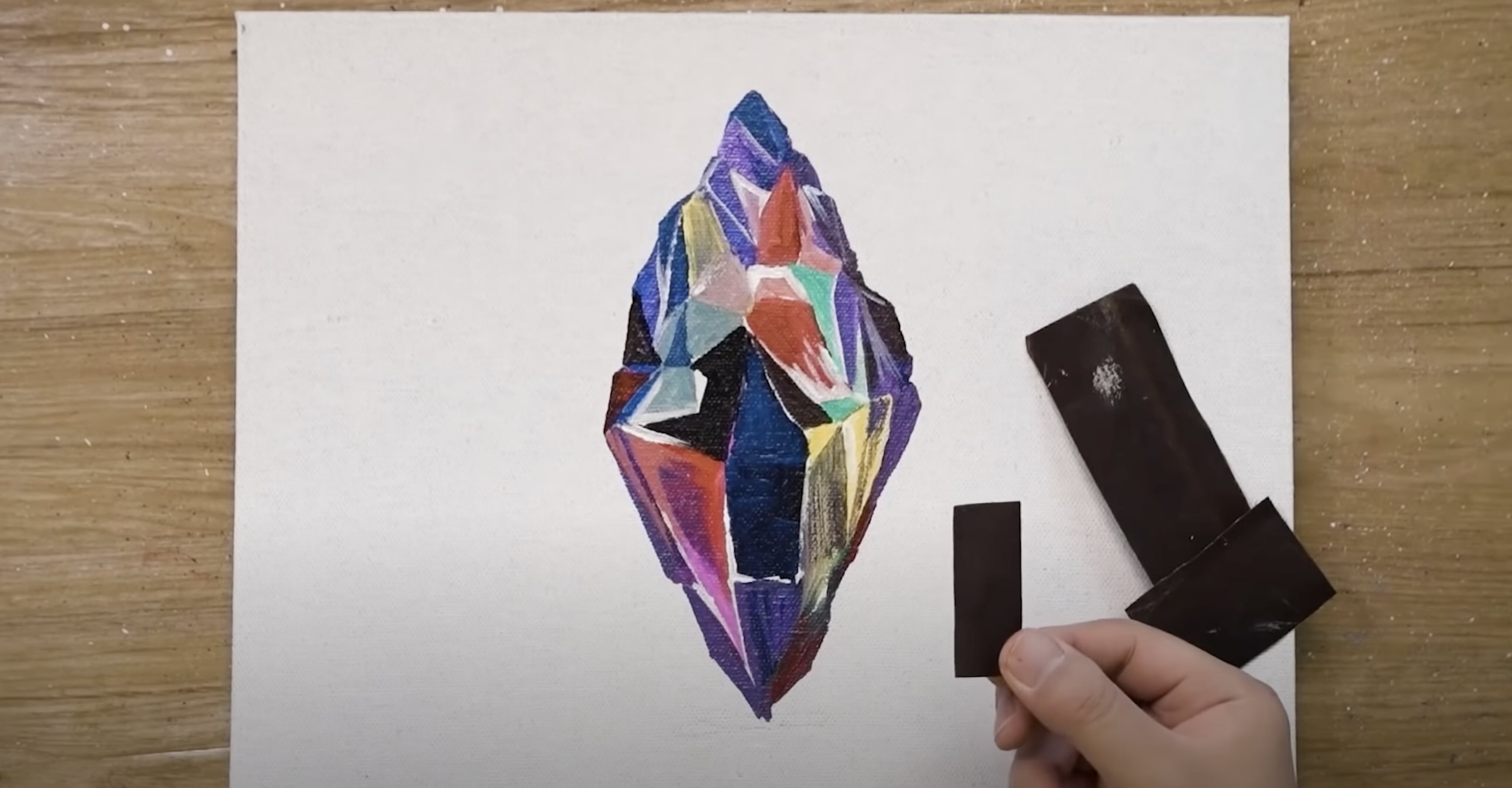

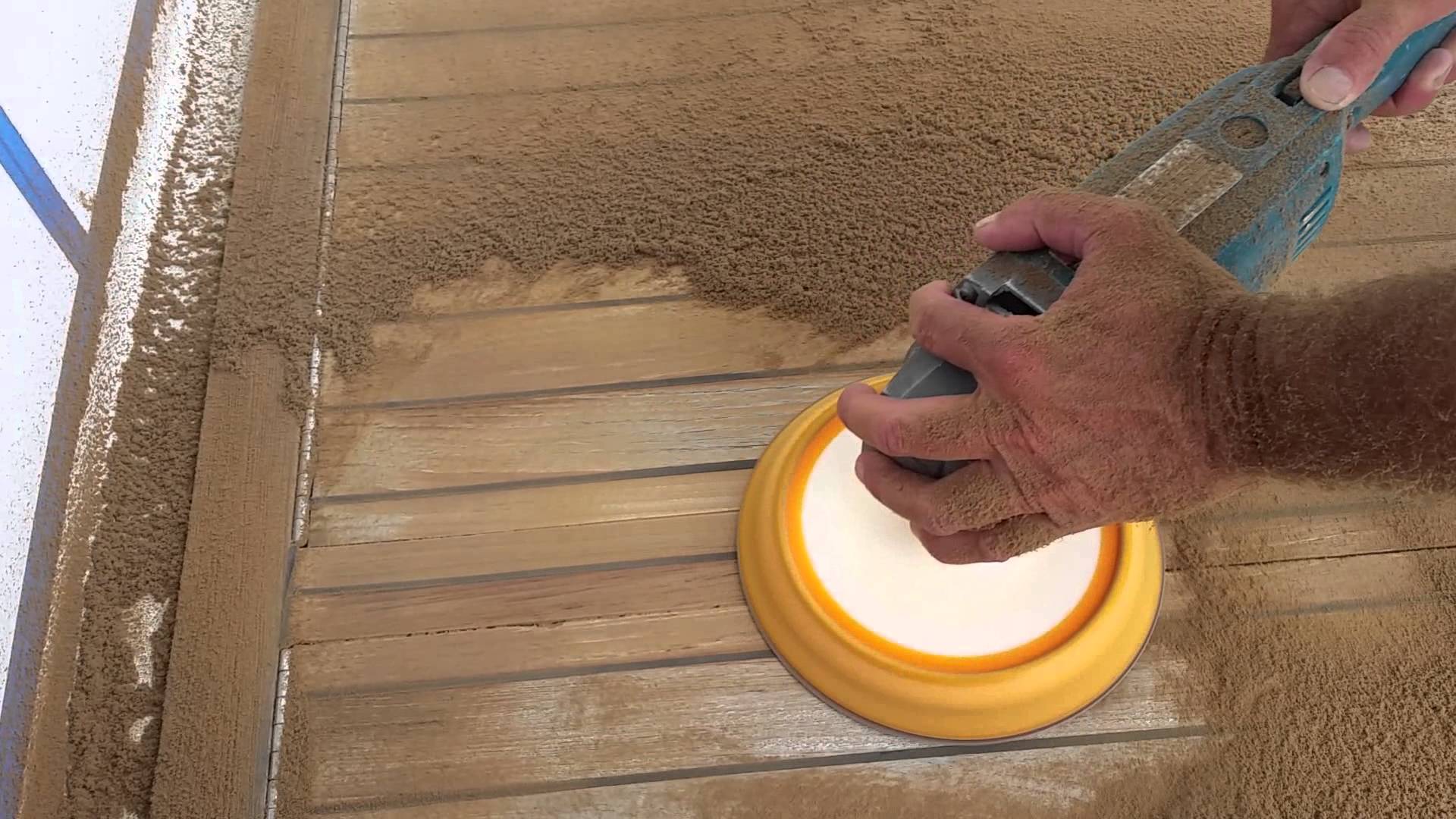
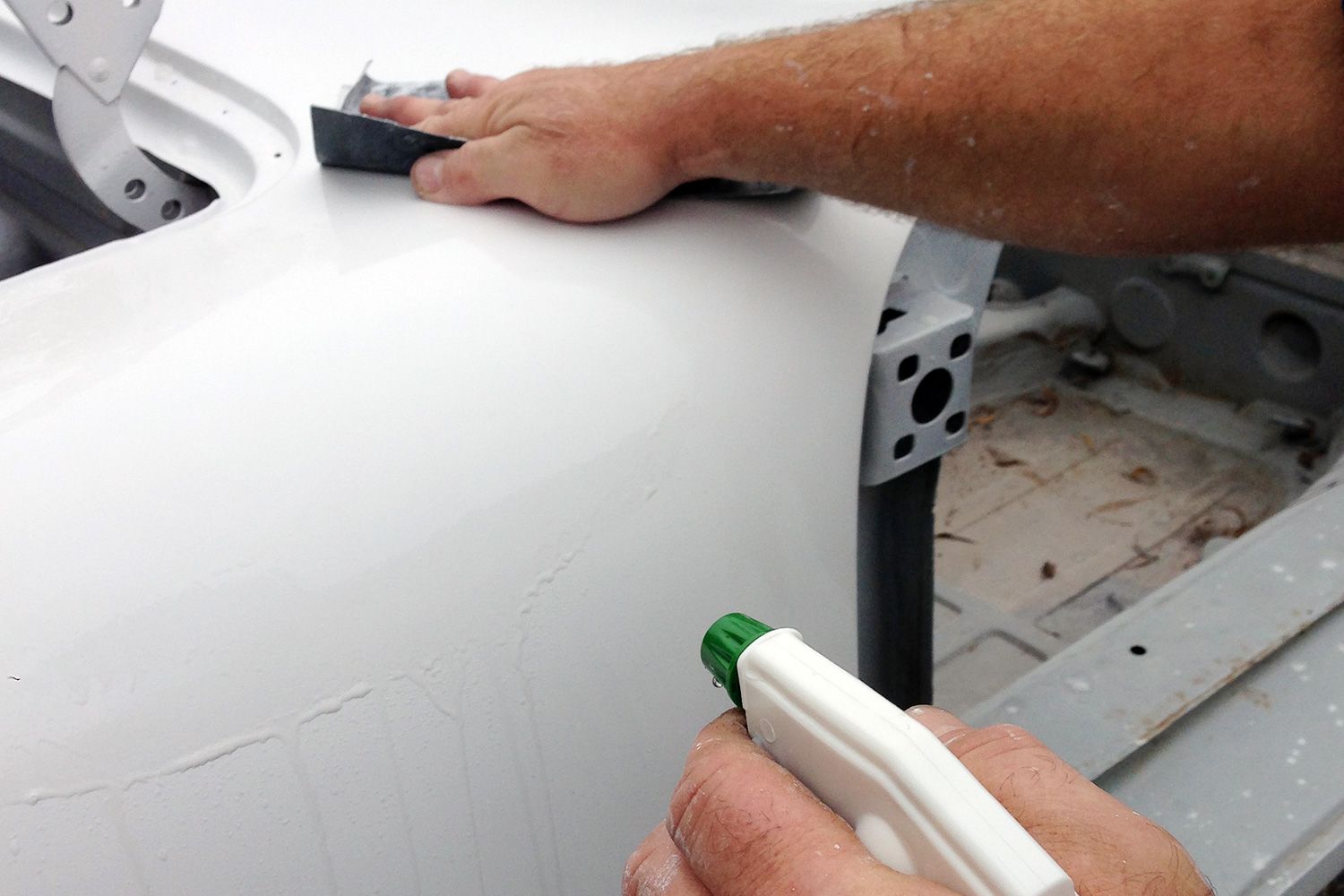
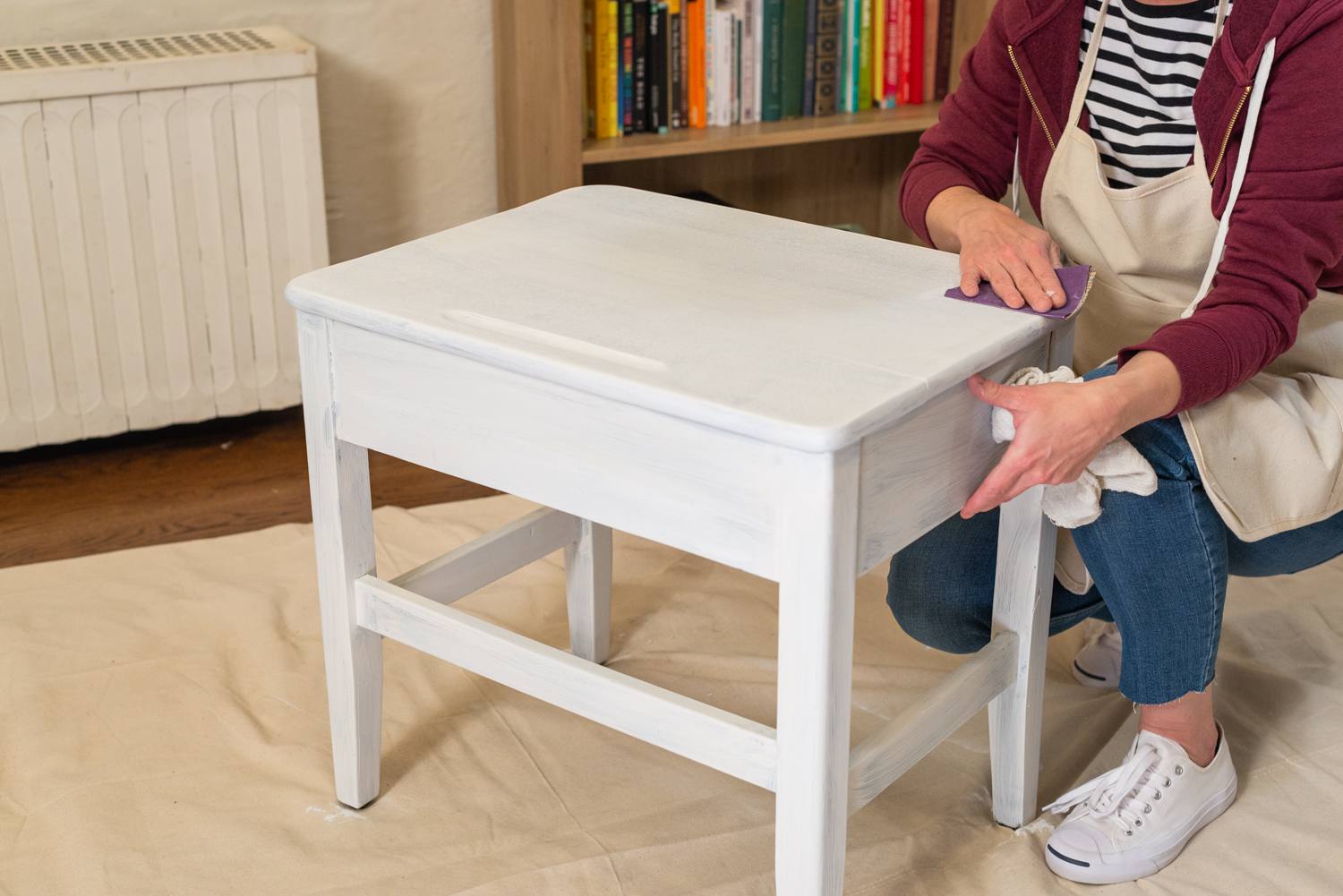
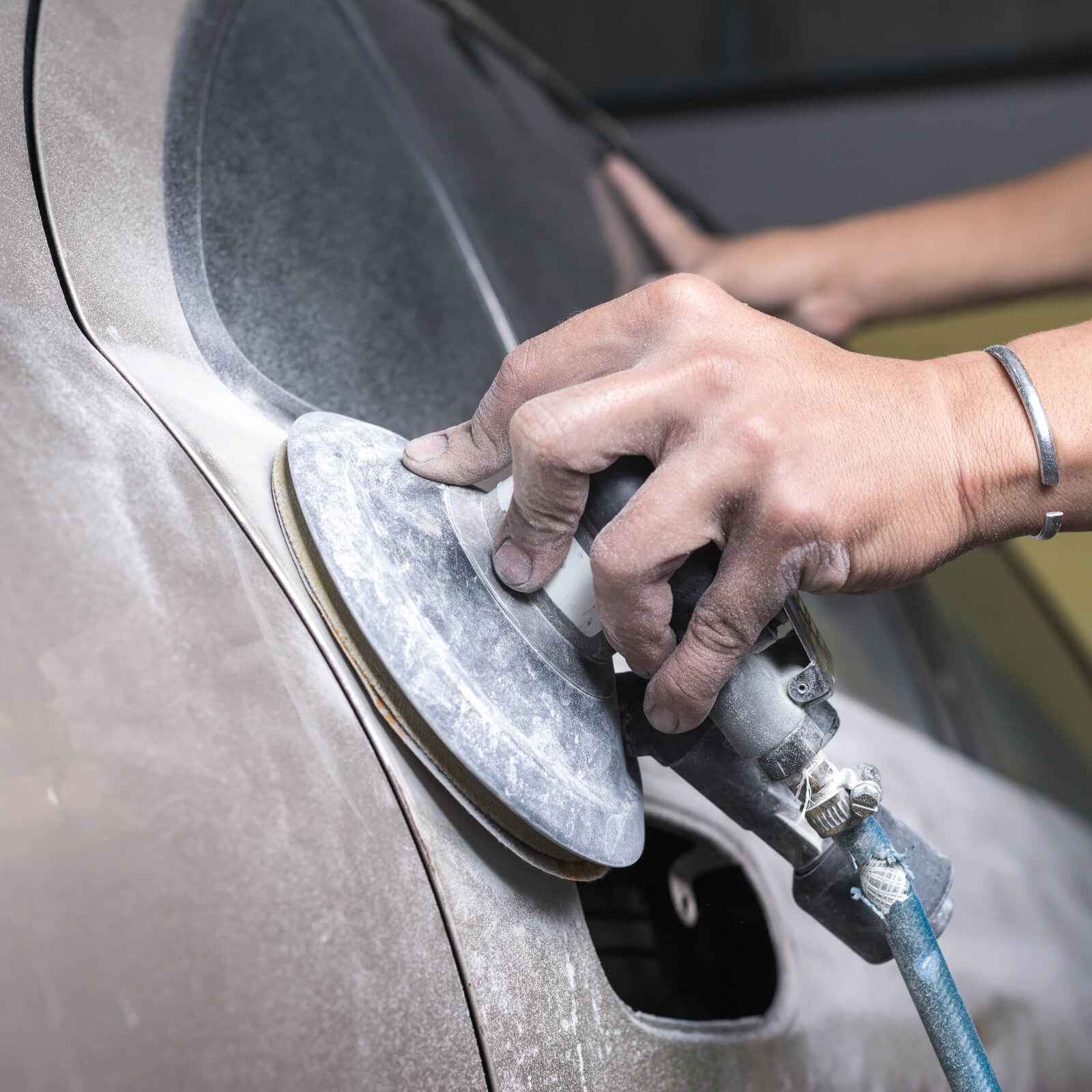
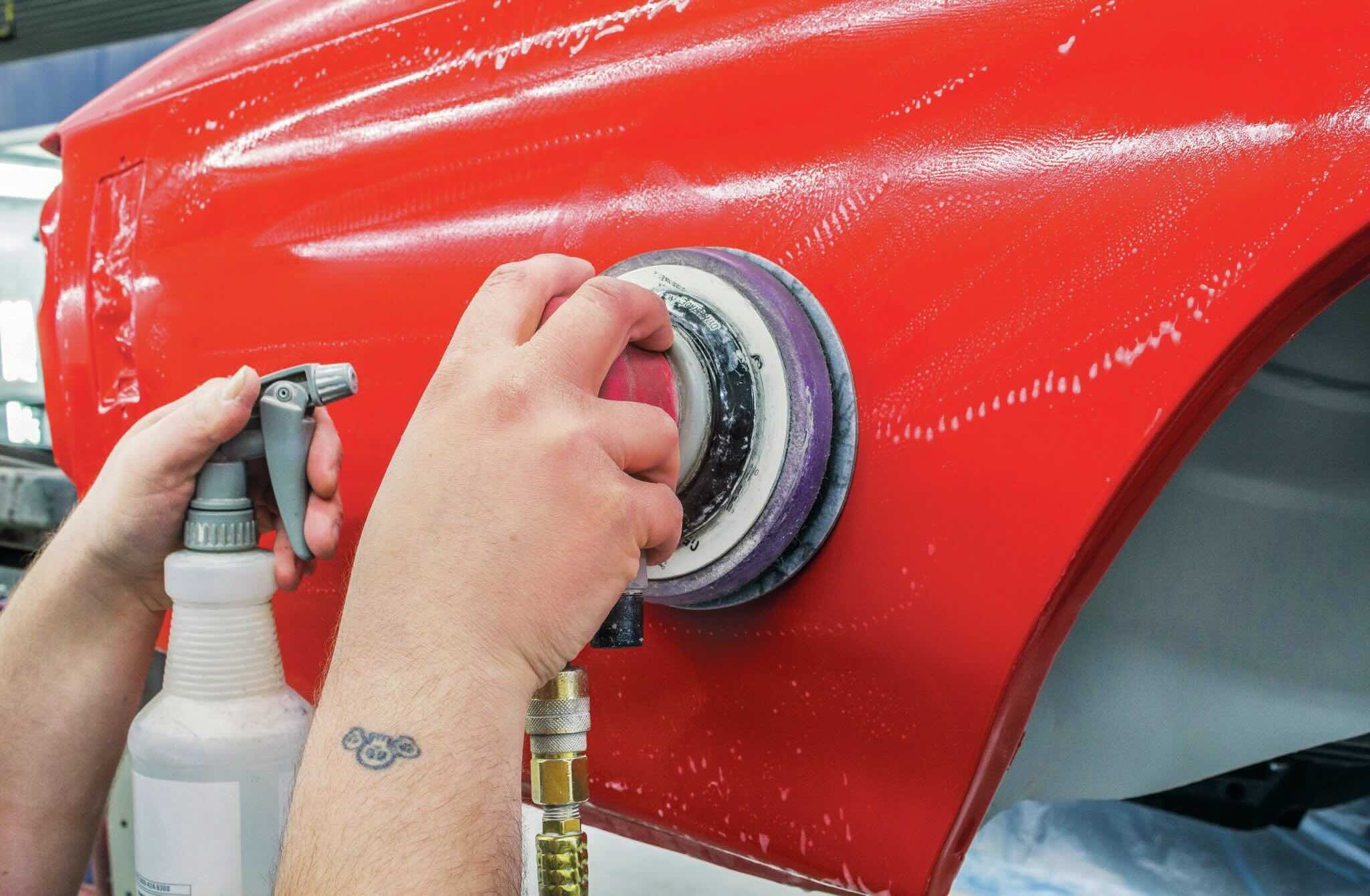
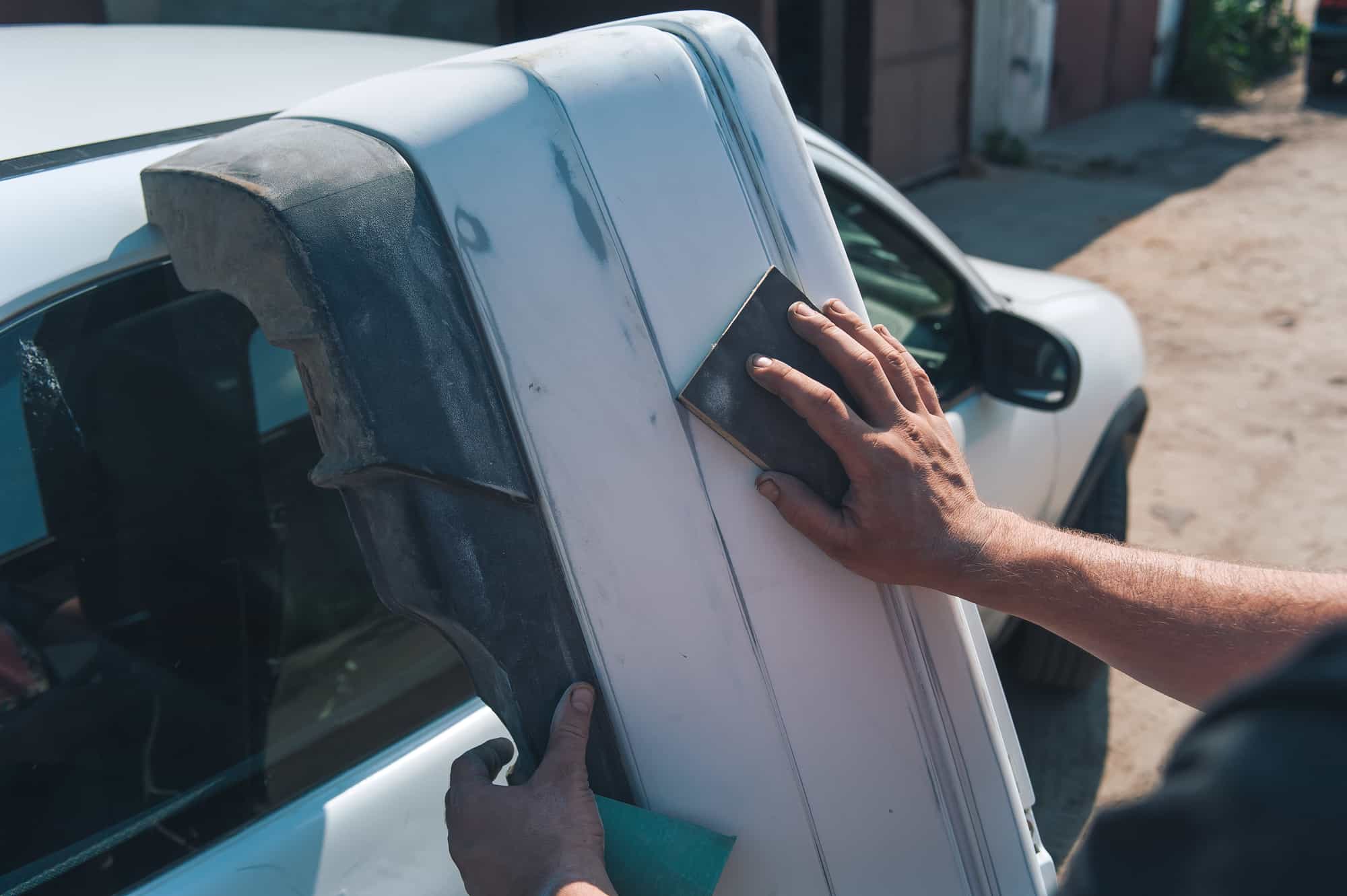
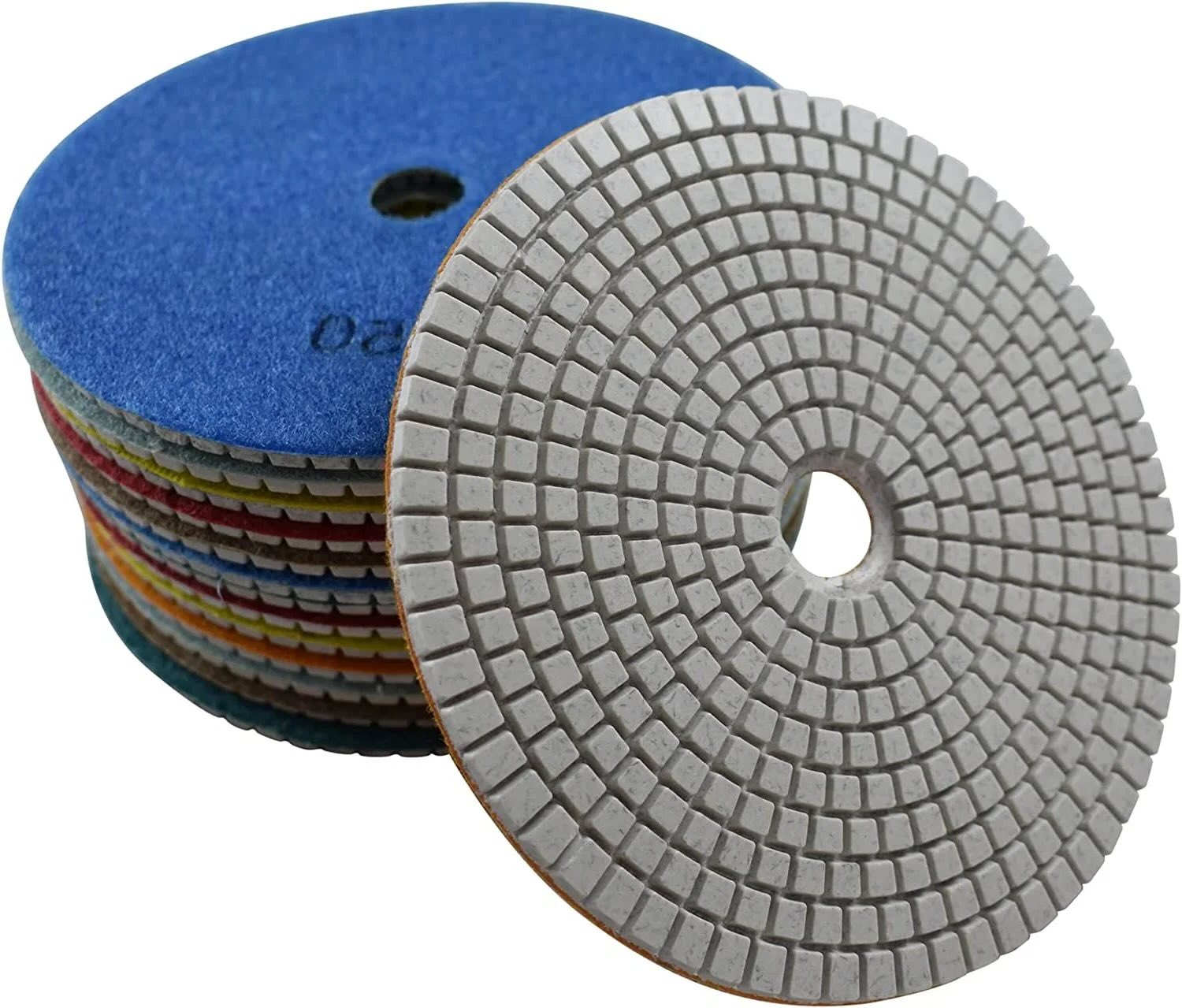
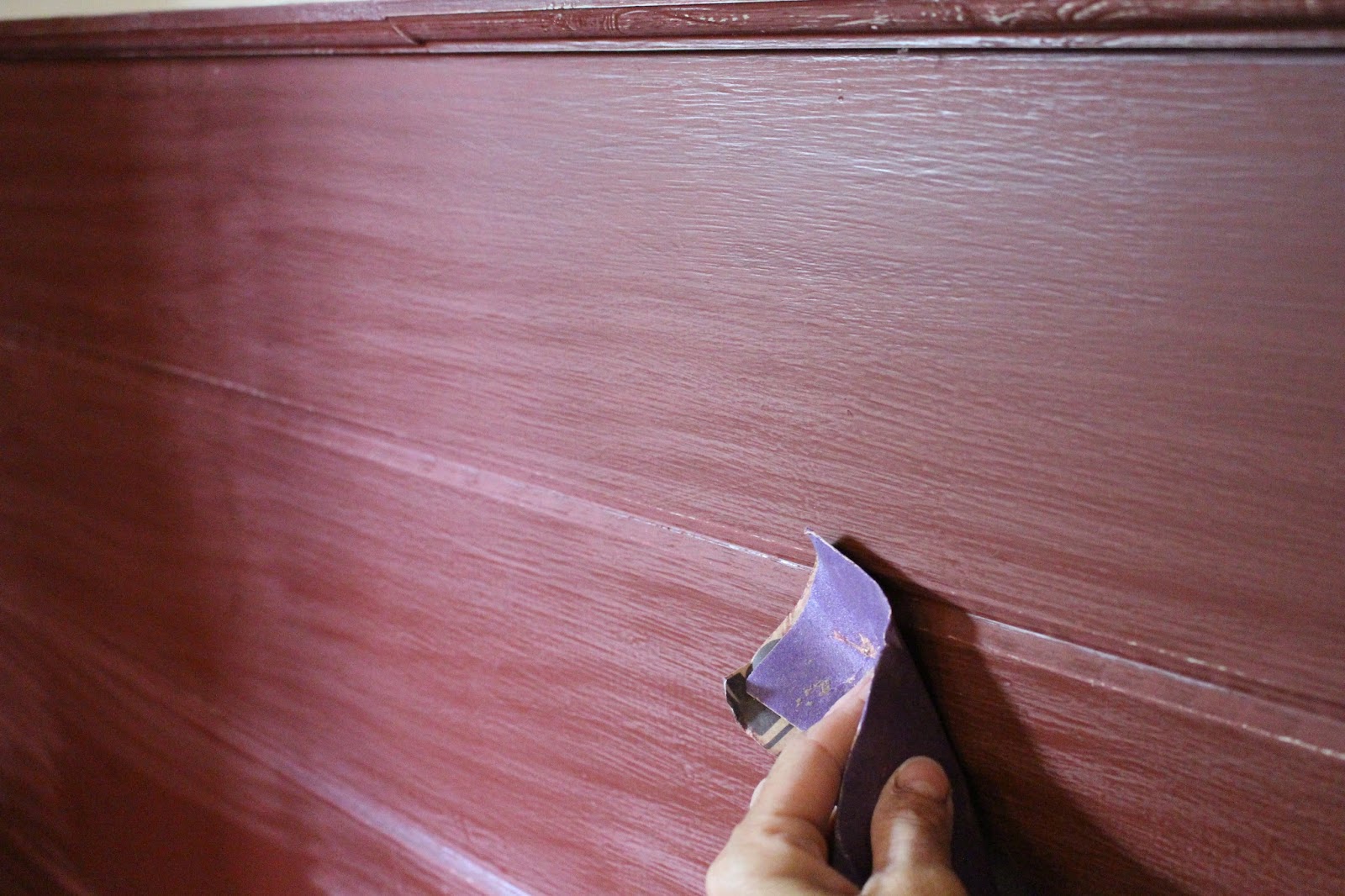
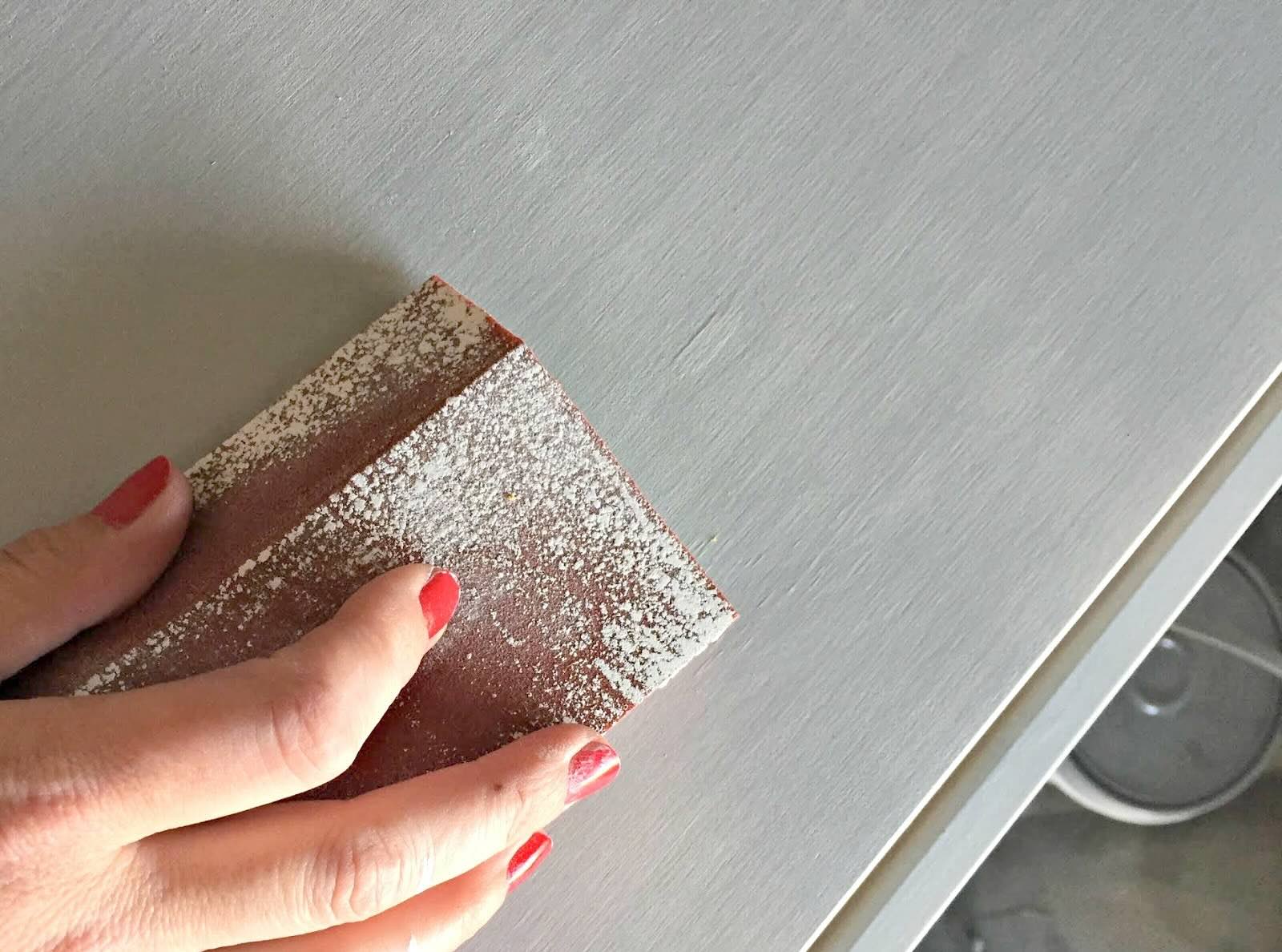
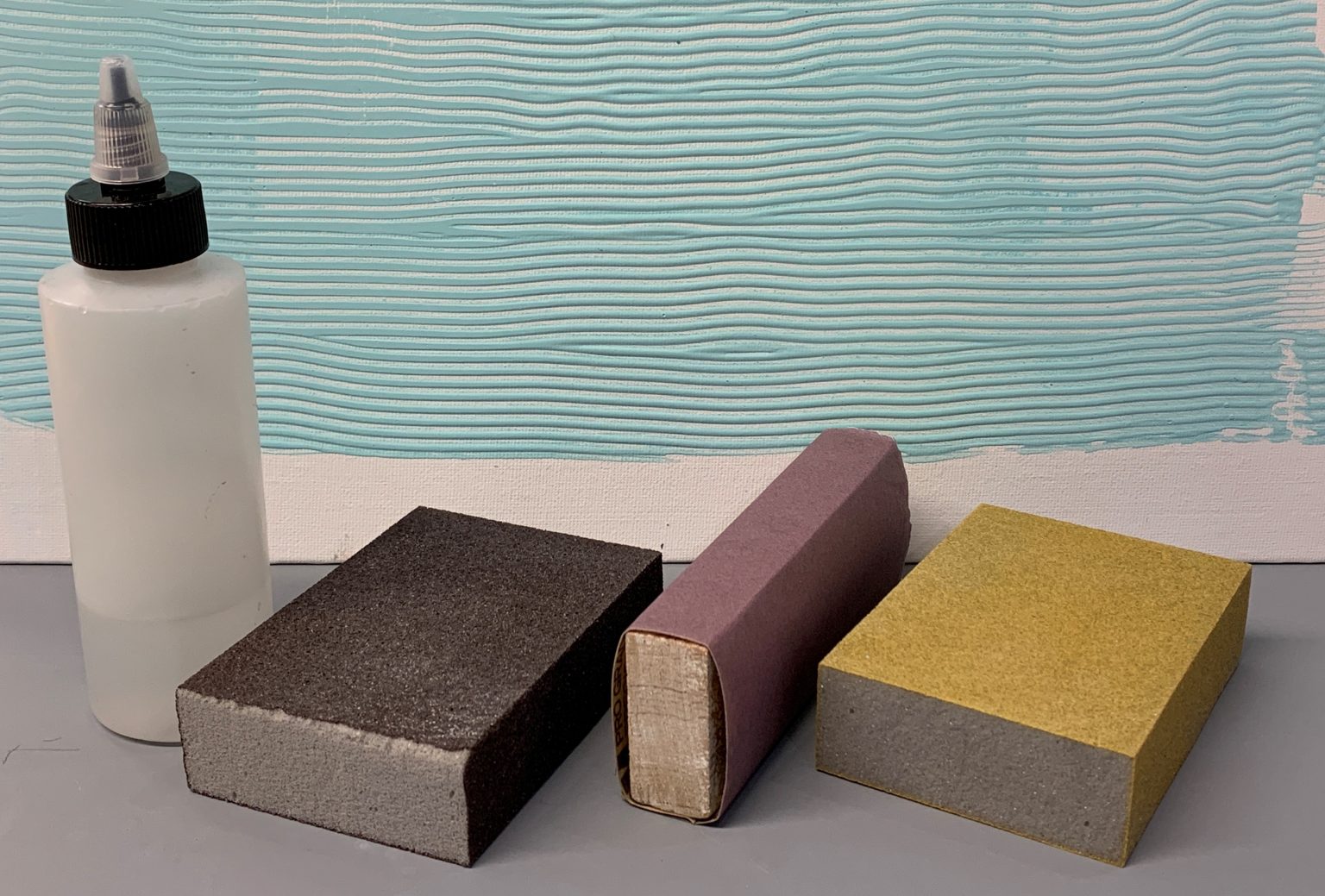
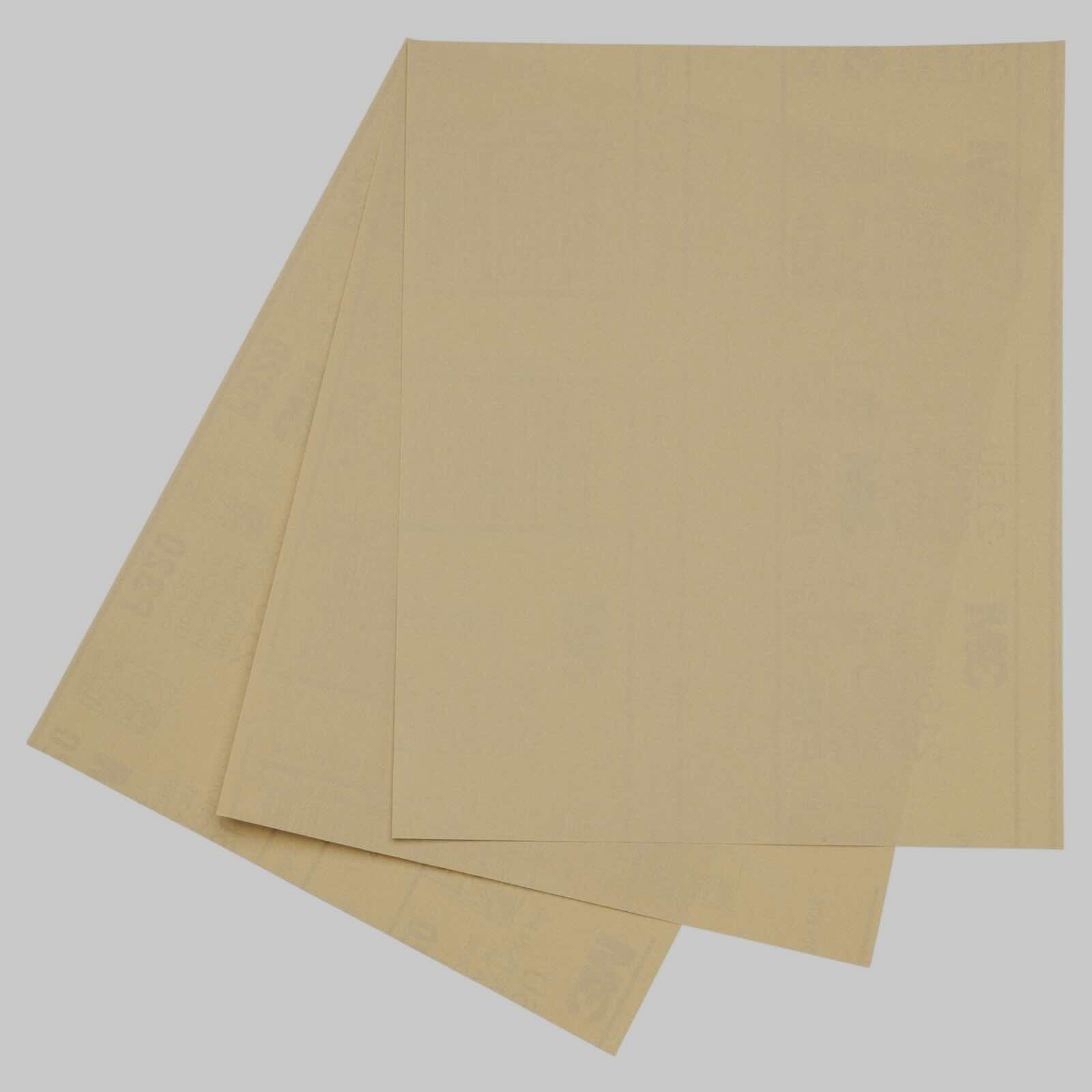
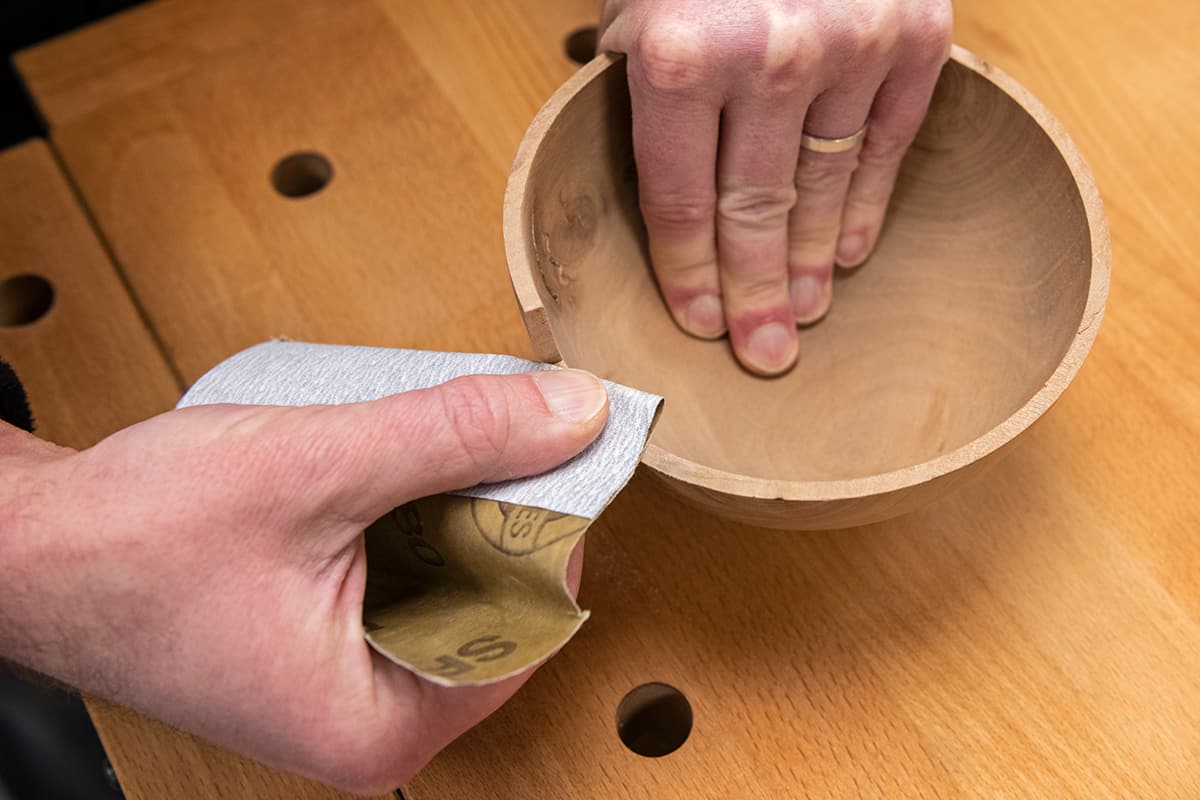


0 thoughts on “What Grit Sandpaper For Paint Removal”